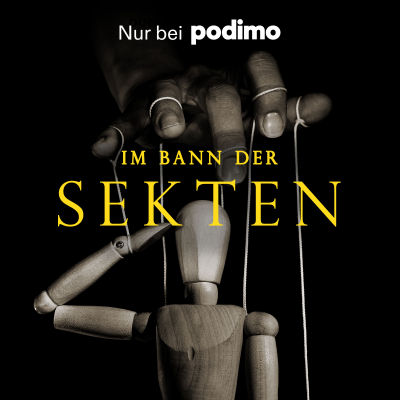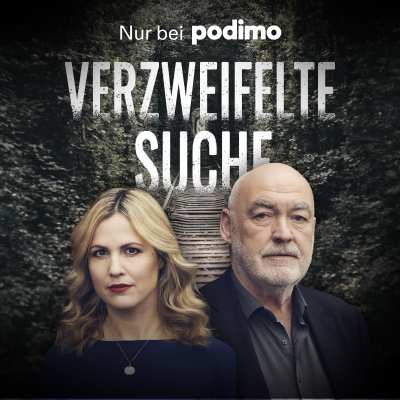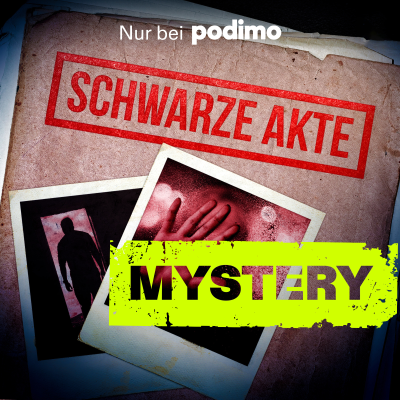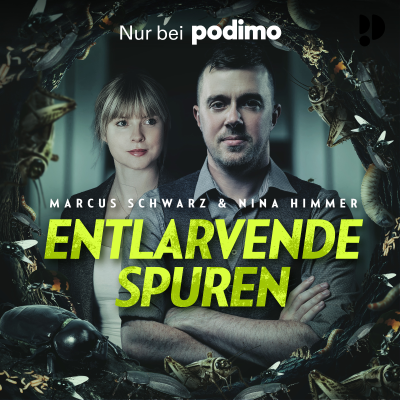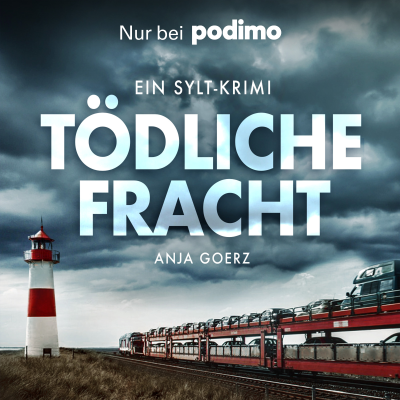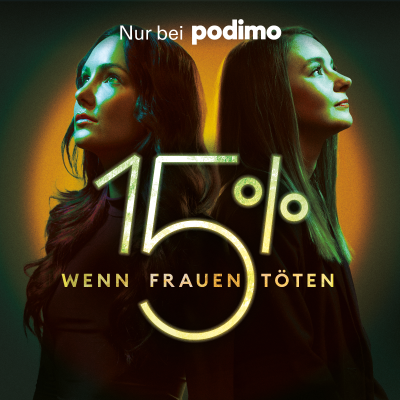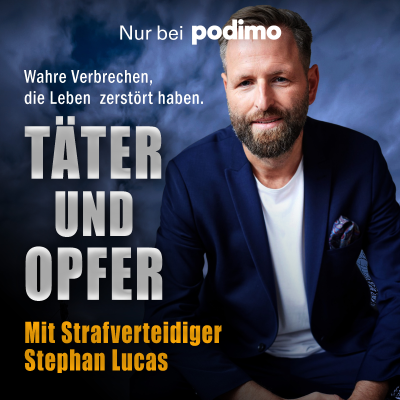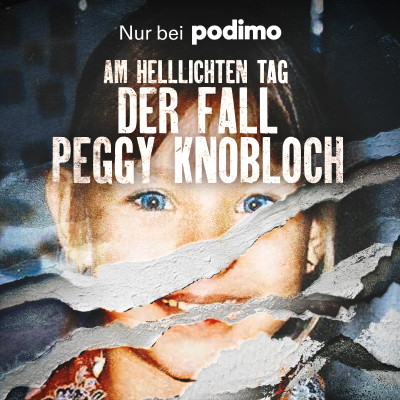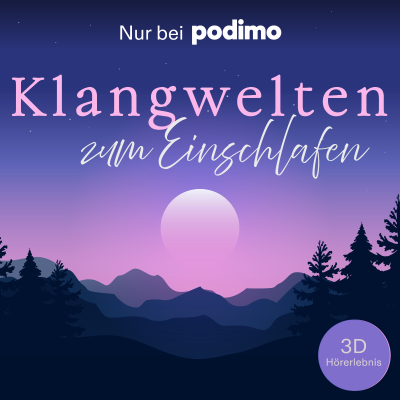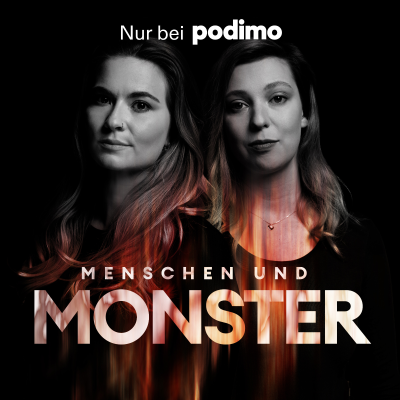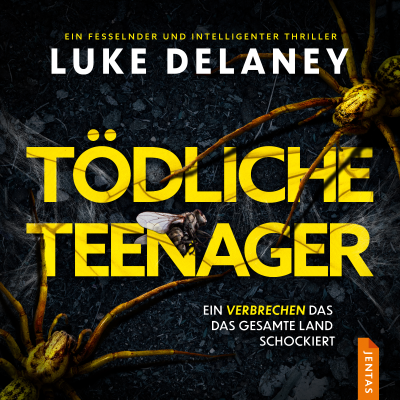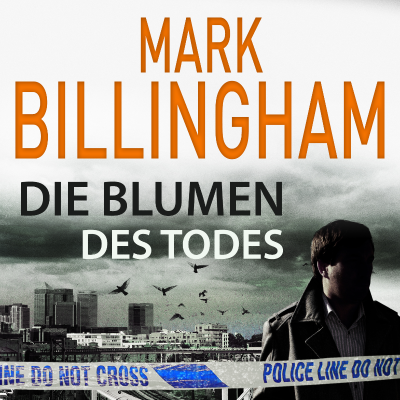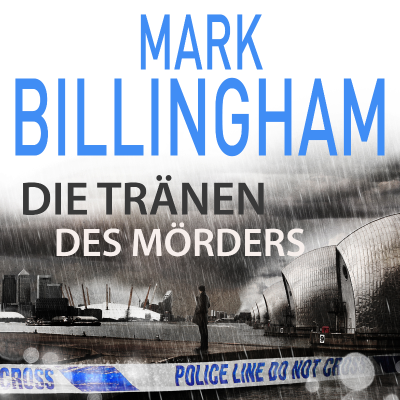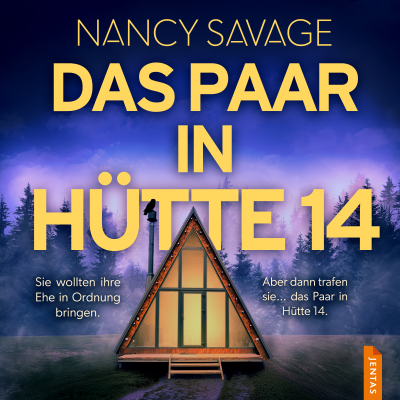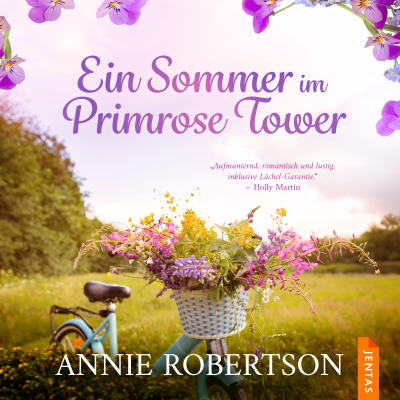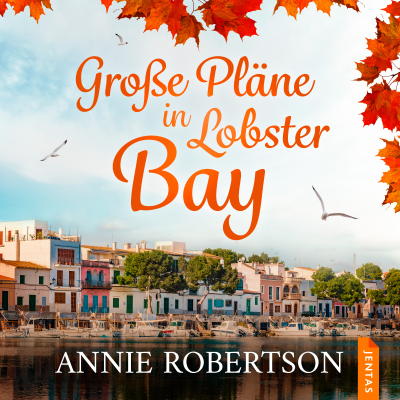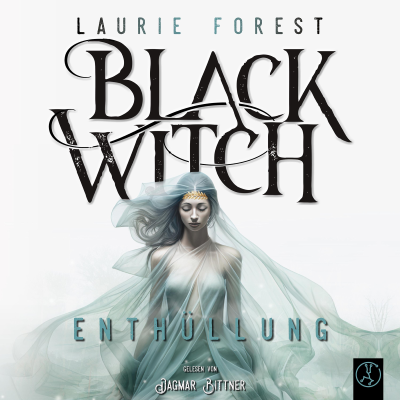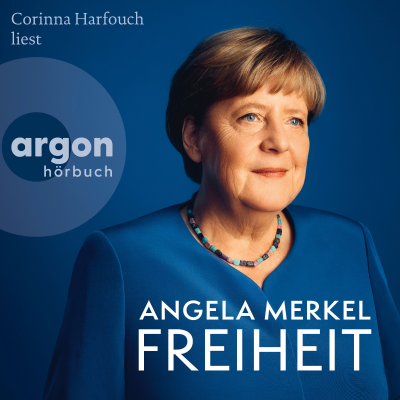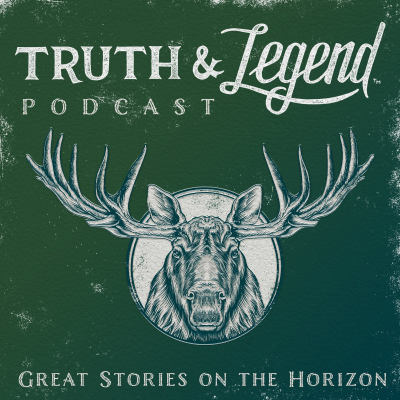
The Truth and Legend Podcast
Englisch
Gratis en Podimo
Kostenlos hören bei Podimo
Starte jetzt und verbinde dich mit deinen Lieblingspodcaster*innen
- Vertraut von über 1 Mio. deutschen Hörer*innen
- Über 1.000 lokale Podcasts und Shows – nur bei Podimo
- Keine Zahlung nötig
Mehr The Truth and Legend Podcast
The Truth and Legend Podcast is a companion to the YouTube channel. We discuss wildlife photography and cinematography, experiences in the field, and the success or defeats growing our YouTube channel.
Alle Folgen
20 FolgenAI, Winter Driving to the Arctic and Commercial Shoots-Episode 23
In this episode of the Truth and Legend podcast, hosts Michael Mauro and Brandon Day discuss various topics ranging from the challenges of managing equipment on set, personal health experiences, and the features of a new truck. They delve into the intricacies of filming in extreme Arctic conditions, innovative filming techniques using gimbals, and the opportunities for car testing in cold environments. The conversation also touches on the busy season in the Arctic and the unique challenges faced during shoots. In this conversation, Michael and Brandon discuss their experiences filming in Deadhorse, Alaska, and the challenges they faced during their expedition. They explore the unique environment of Deadhorse, the journey to the Arctic Ocean, and the wildlife encounters along the Dalton Highway. The duo also shares insights on planning an Alaskan expedition, innovative filming techniques, and the importance of audio quality in filmmaking. Their discussion highlights the beauty and challenges of remote filming locations, as well as the creative solutions they employed to overcome obstacles. In this conversation, Brandon and Michael discuss various aspects of filmmaking, including the importance of teamwork, the challenges of pricing in freelance work, and the balance between stills and video production. They emphasize the value of personal projects for creatives and explore the implications of AI in the creative industry, particularly regarding personal identity and safety.
Episode 21 - WE'RE BACK New Gear, Data Challenges, Moose and Arctic Adventures
In this conversation, Michael Mauro and Brandon Day discuss various aspects of filmmaking, including camera upgrades, shooting techniques, and the challenges of wildlife filming. They delve into the importance of workflow efficiency, battery management, and the unique experiences encountered while filming in the Arctic. The discussion also touches on personal reflections, safety protocols, and storage solutions for filmmakers, providing insights into the practicalities of their craft.
Wild Focus: Gerrit Vyn
Gerrit shares some of his most rewarding recordings, including yellow-billed loons and barred owls. In this part of the conversation, They discuss the challenges of recording audio in the Arctic, including dealing with bugs and wind. They also talk about the techniques Gerrit has developed for documenting birds and wildlife, including the use of blinds. They discuss the importance of ethical filming and the need to balance conservation with capturing valuable footage. They also touch on Gerrit's work in the National Petroleum Reserve and Isenberg Lagoon, and the efforts to protect these areas. Finally, they discuss Gerrit's company, Tragopan, which produces photography blinds and other equipment for wildlife photographers. In this final part of the conversation, Gerrit and the hosts discuss the different types of blinds used for bird photography, including laydown blinds, one-person blinds, and chair blinds. They also share their experiences with encountering bears while in the blinds. Gerrit mentions his plans to explore the Colville River special area and film raptors and landscapes there. The conversation ends with a discussion about camera gear, including Gerrit's use of Nikon and Canon cameras and Michael's experience with RED cameras.
Wild Focus: MooseMan Nature Photos Talks Wildlife Photography, Videography & More
The conversation touches on the role of social media, particularly YouTube, in showcasing their work. They also discuss the challenges of capturing audio and video in the field. The conversation explores the elusiveness of moose and the fascination people have with them. The hosts discuss the process of creating content and telling stories about moose behavior. They also talk about the naming of individual bulls and the challenges of observing and understanding their behavior. The stages of a moose rut and the infatuation people have with moose are also discussed. The conversation concludes with a reflection on the mystery and complexity of moose. In this conversation, MooseMan and Michael Mauro discuss their experiences with bears and share their techniques for managing and organizing video files. They talk about the importance of naming and categorizing videos, as well as the different approaches they take. MooseMan prefers to organize his videos chronologically, while Michael uses dates and brief descriptions. They also discuss the size of their video libraries and the process of deleting unwanted footage. The conversation highlights the importance of memory and attention to detail when managing video files. They also discuss the coexistence of bears and moose in the wilderness and share humorous anecdotes. The conversation concludes with MooseMan and Michael expressing their gratitude and appreciation for their experiences and the opportunity to share their videos with others.
Wild Focus: Mastering Nature Photography and Insights from Lee Hoy
Lee also talks about the challenges and rewards of leading trips to Yellowstone National Park. In this part of the conversation, Lee Hoy discusses the highly admired workshop leader Lisa Langell and the challenges and rewards of being a tour guide. He also talks about the importance of diversifying and adapting in the workshop industry. Lee shares his thoughts on the demands of being a workshop leader and the value of hard work and honesty in photography. He emphasizes the importance of practice and learning from failure, as well as the benefits of shooting vertical and getting composition right. Finally, Lee discusses his process and philosophy behind his YouTube channel. In this conversation, Lee Hoy discusses the importance of field craft and composition in photography. He emphasizes the need to learn and master these skills to capture better images. Lee also talks about teaching photography techniques and his desire to help others improve their skills. He shares his experience with understanding the circadian rhythm of natural light and using tools like the live graduate neutral density filter. Lee expresses his passion for creating a photography show that is educational, entertaining, and inspirational. He believes in the value of authenticity and hard work in photography and encourages photographers to embrace their failures as opportunities for growth. Lee also discusses the rise of authentic content on YouTube and the potential for creating cinematic educational content.

